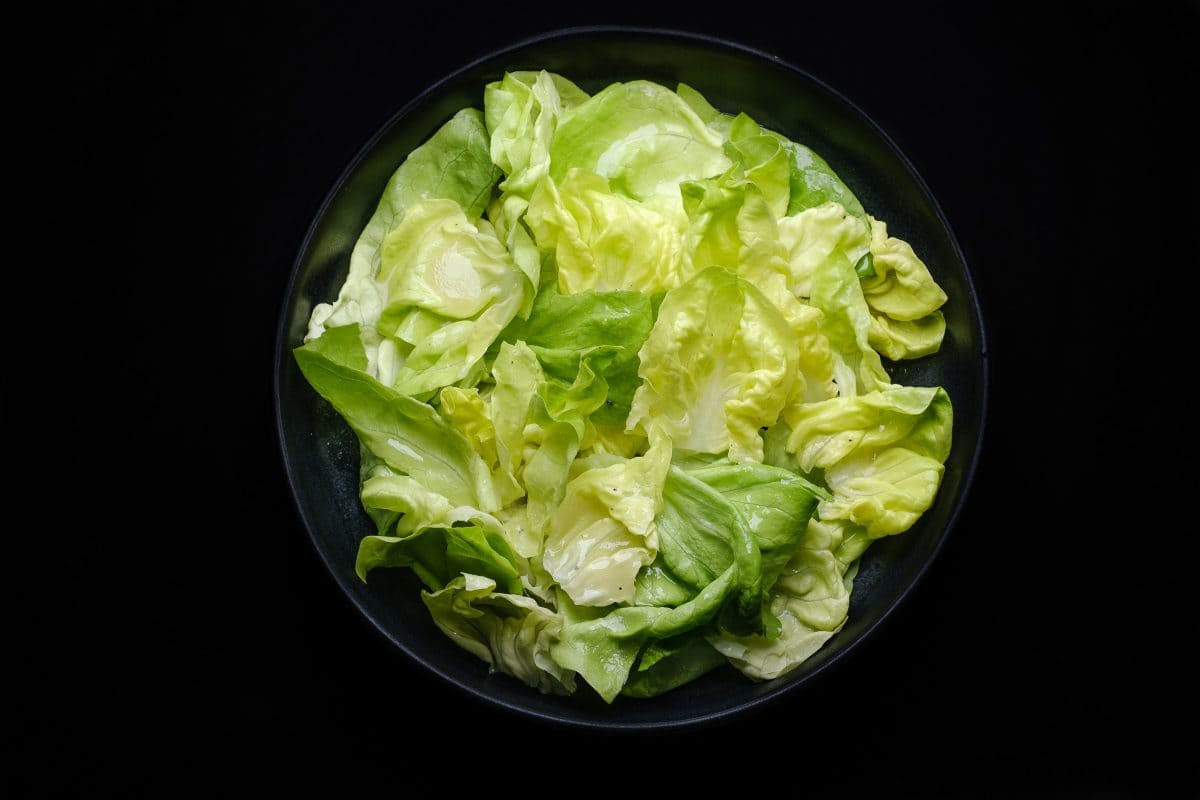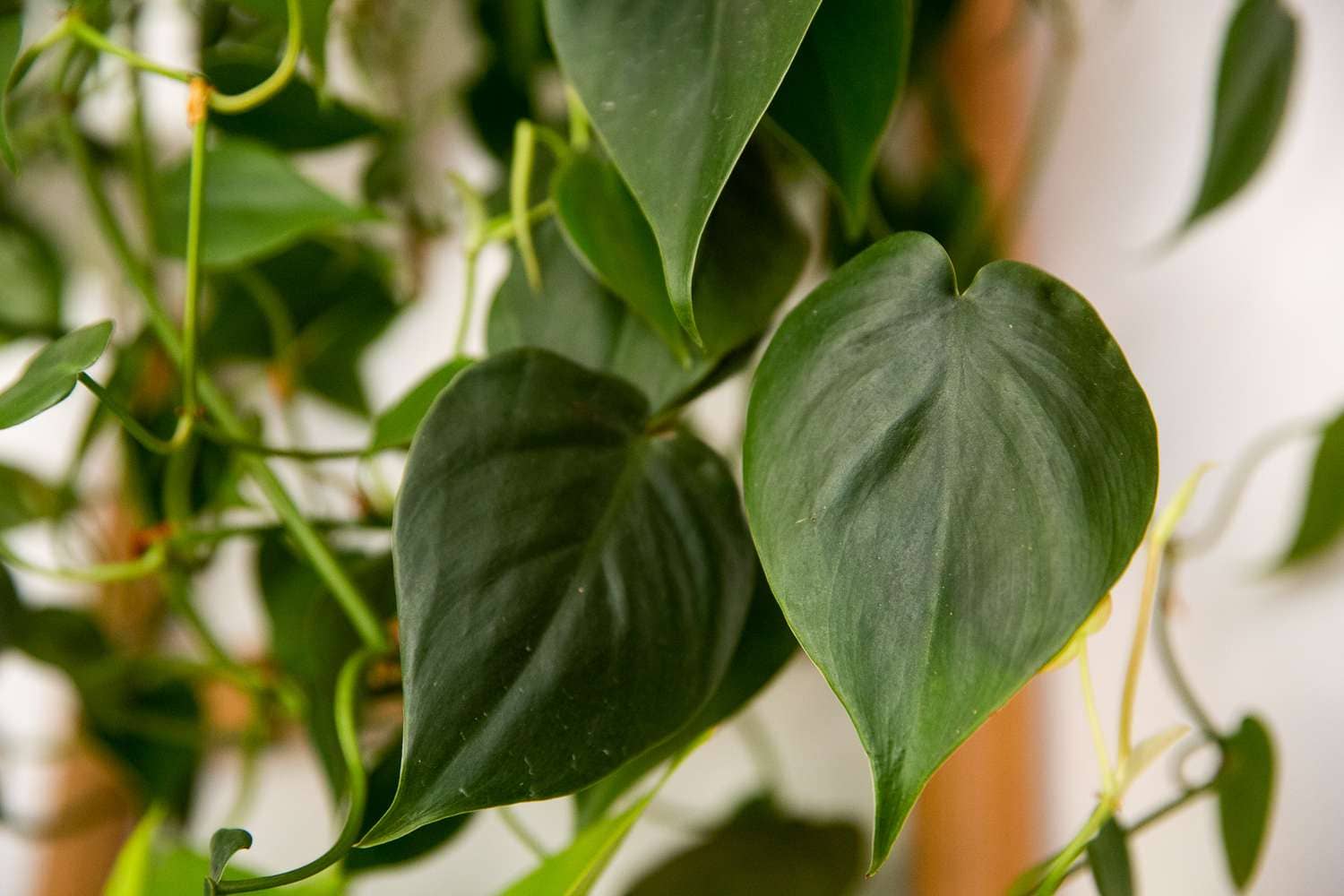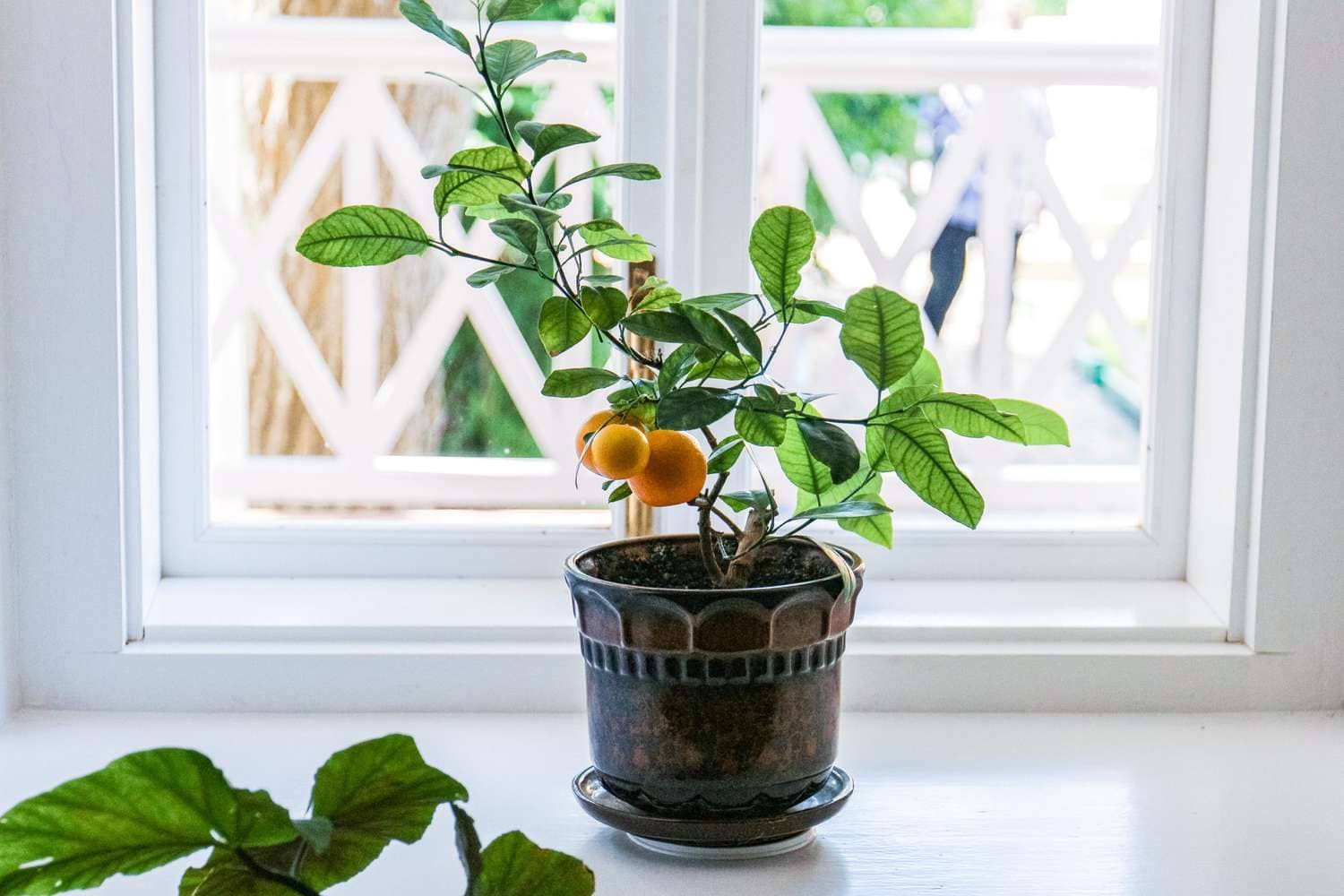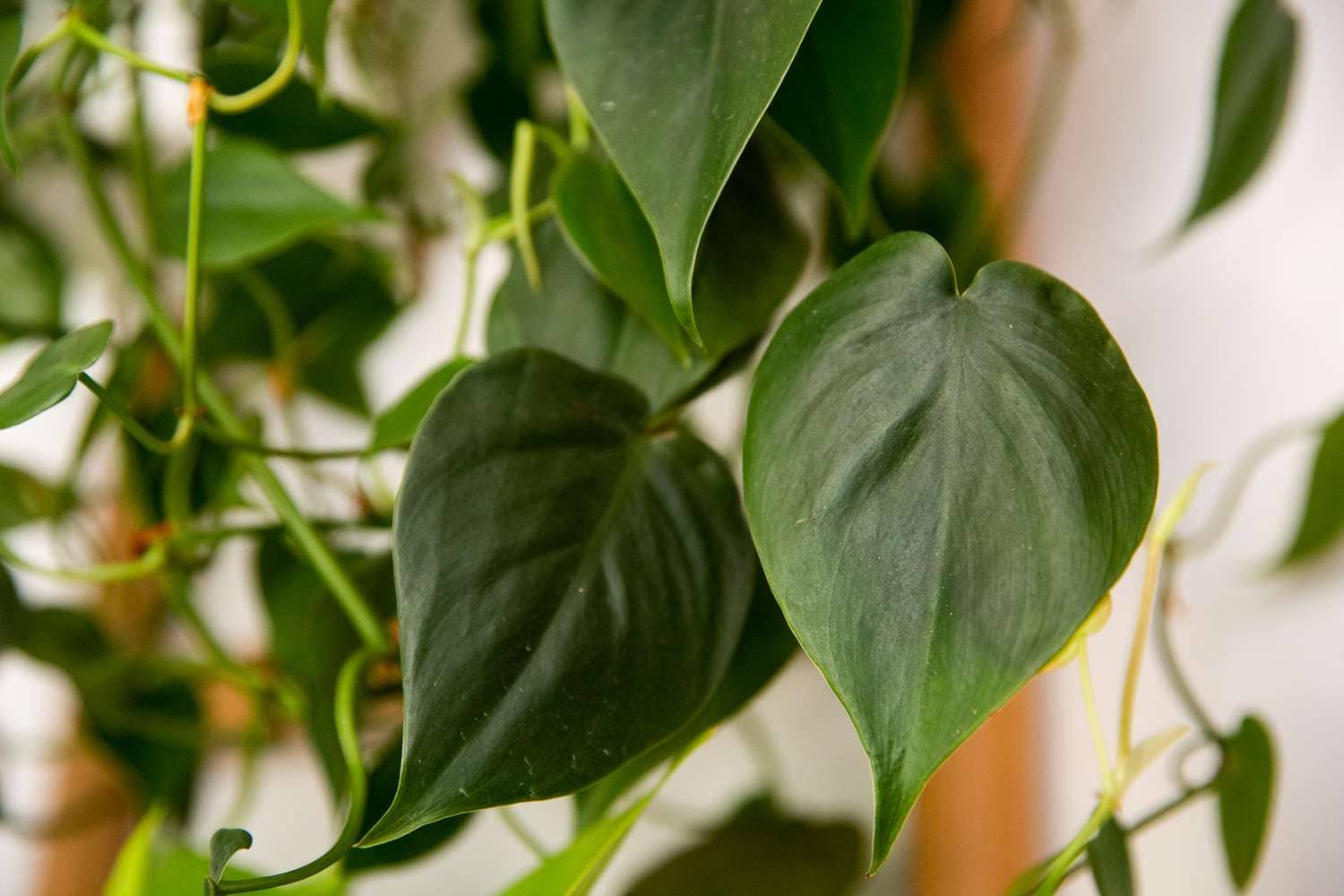Introduction: Butterhead lettuce, with its tender leaves and delicate flavor, has long been a favorite among salad enthusiasts and culinary connoisseurs alike. In this comprehensive guide, we delve into the world of butterhead lettuce, exploring its origins, nutritional benefits, cultivation techniques, and culinary versatility. From garden to table, discover everything you need to know about this beloved leafy green.
- Exploring Butterhead Lettuce: Butterhead lettuce, also known as Bibb or Boston lettuce, is a variety of lettuce prized for its loose, buttery-textured leaves and mild, slightly sweet flavor. Unlike its crisphead counterparts, butterhead lettuce forms loose heads with tender, folded leaves that offer a delicate crunch and a subtle nutty taste. Its versatility in both raw and cooked preparations makes it a popular choice for salads, sandwiches, wraps, and garnishes.
- Nutritional Profile: Beyond its culinary appeal, butterhead lettuce boasts a commendable nutritional profile, rich in essential vitamins, minerals, and antioxidants. It is low in calories and carbohydrates, making it an excellent choice for those watching their calorie intake or following a low-carb diet. Butterhead lettuce is particularly high in vitamin K, which plays a crucial role in bone health and blood clotting, as well as vitamin A, which supports vision and immune function. Additionally, it provides a good source of folate, vitamin C, and dietary fiber, contributing to overall health and well-being.
- Cultivation and Growing Tips: Cultivating butterhead lettuce is relatively straightforward, making it an ideal option for home gardeners and commercial growers alike. Start by selecting a sunny location with well-drained soil enriched with organic matter. Sow seeds directly into the garden bed or start seedlings indoors before transplanting. Keep the soil consistently moist but not waterlogged, and provide adequate airflow to prevent disease. Butterhead lettuce prefers cooler temperatures, so planting in early spring or late summer is ideal to avoid heat stress. Harvest leaves when they reach the desired size, typically 45-55 days after planting, by cutting them at the base of the plant.
- Culinary Uses and Pairings: Butterhead lettuce’s tender leaves and subtle flavor make it a versatile ingredient in various culinary creations. Enjoy it raw in salads, where it can be paired with an array of complementary ingredients such as ripe tomatoes, crisp cucumbers, creamy avocados, and tangy vinaigrettes. Its mild flavor also makes it a perfect vehicle for showcasing delicate dressings and flavorful toppings. Alternatively, use butterhead lettuce leaves as wraps or cups for filling with savory fillings like chicken salad, tuna salad, or grilled vegetables. In cooked preparations, butterhead lettuce can be lightly wilted in stir-fries, soups, or pasta dishes to add a refreshing crunch and vibrant color.
- Health Benefits and Considerations: Incorporating butterhead lettuce into your diet offers numerous health benefits beyond its nutritional content. Its high water content helps promote hydration and satiety, making it a refreshing and satisfying addition to meals. The fiber in lettuce aids digestion and supports gut health by promoting regularity and reducing the risk of constipation. Furthermore, the antioxidants present in butterhead lettuce, such as beta-carotene and vitamin C, help protect cells from damage caused by free radicals, potentially lowering the risk of chronic diseases like heart disease and cancer.
- Tips for Storage and Preservation: To prolong the freshness of butterhead lettuce, store it unwashed in a perforated plastic bag in the refrigerator’s crisper drawer. Avoid washing the leaves until you are ready to use them, as excess moisture can cause wilting and spoilage. If the lettuce starts to wilt, revive it by soaking the leaves in ice water for a few minutes before patting them dry with a clean towel. Alternatively, you can preserve butterhead lettuce by blanching and freezing it for later use in soups, stews, or smoothies.
Conclusion: In conclusion, butterhead lettuce offers a delightful combination of flavor, nutrition, and culinary versatility that makes it a staple in kitchens around the world. Whether enjoyed fresh in salads, as a crunchy wrap, or lightly cooked in various dishes, butterhead lettuce adds a refreshing element to any meal. By understanding its origins, cultivation techniques, culinary uses, and health benefits, you can fully appreciate the delicate crunch and subtle sweetness that butterhead lettuce brings to the table. So, next time you’re planning a meal, consider incorporating this beloved leafy green into your culinary repertoire for a nutritious and delicious dining experience.





